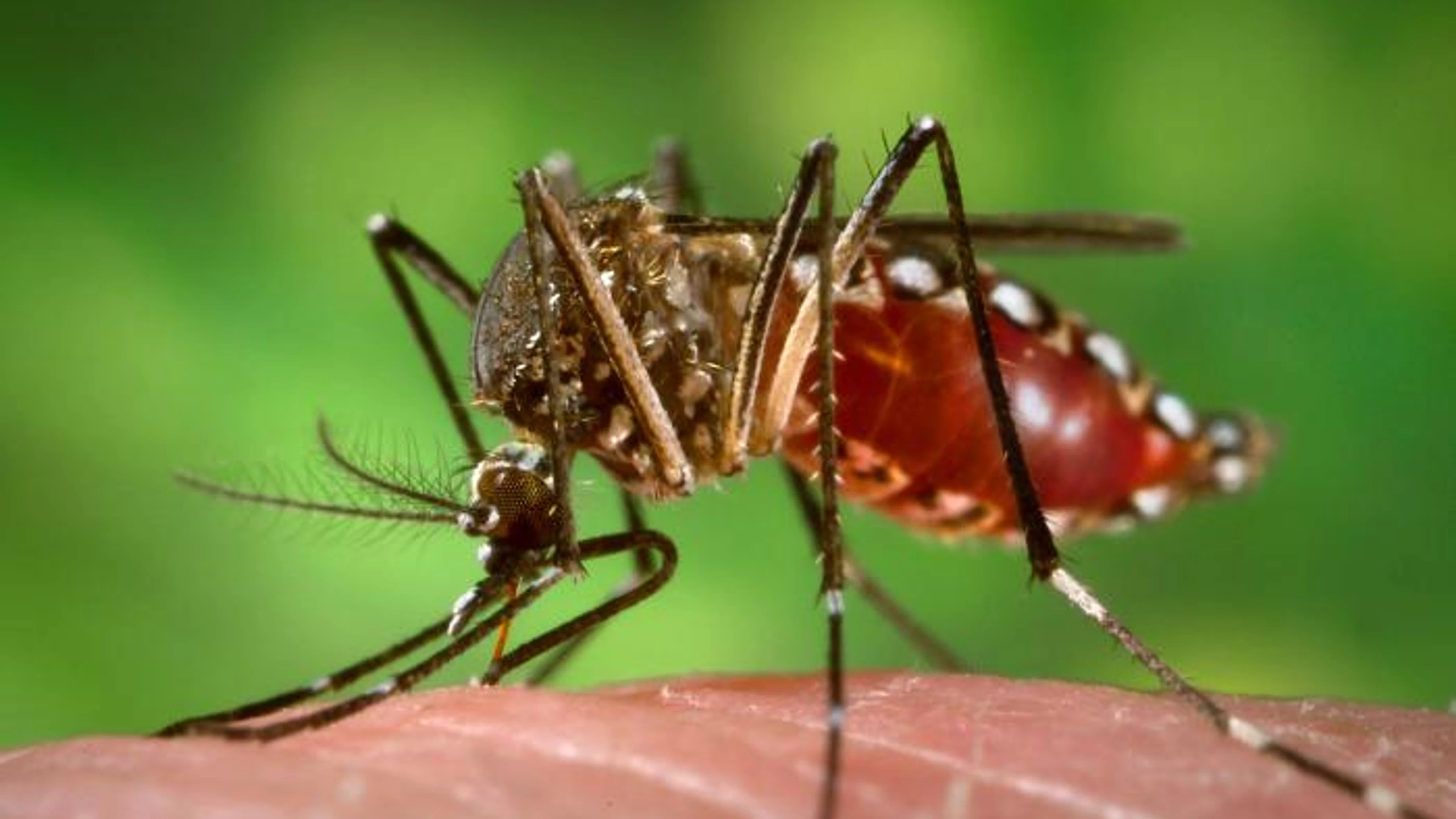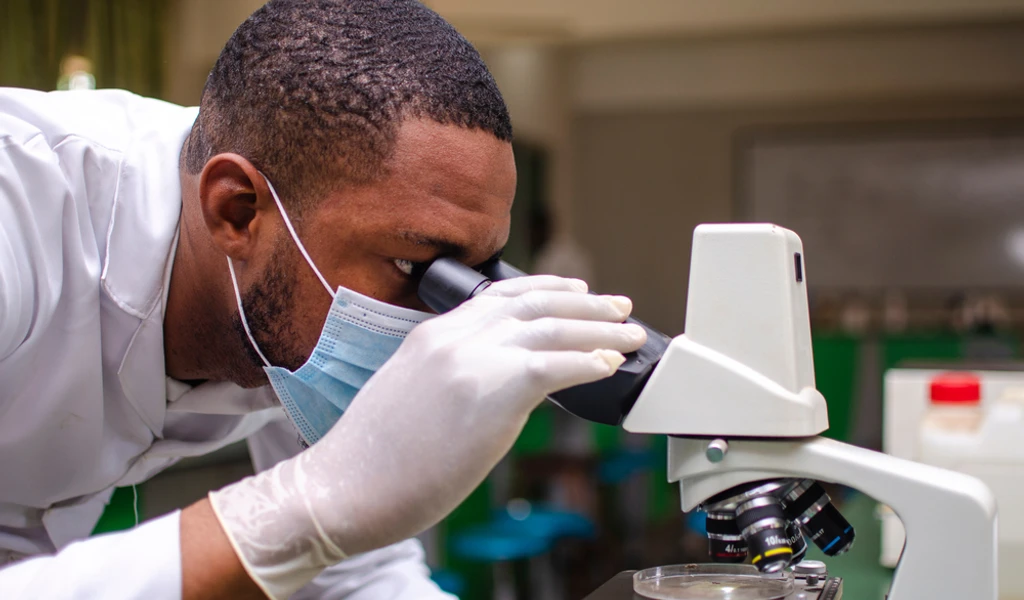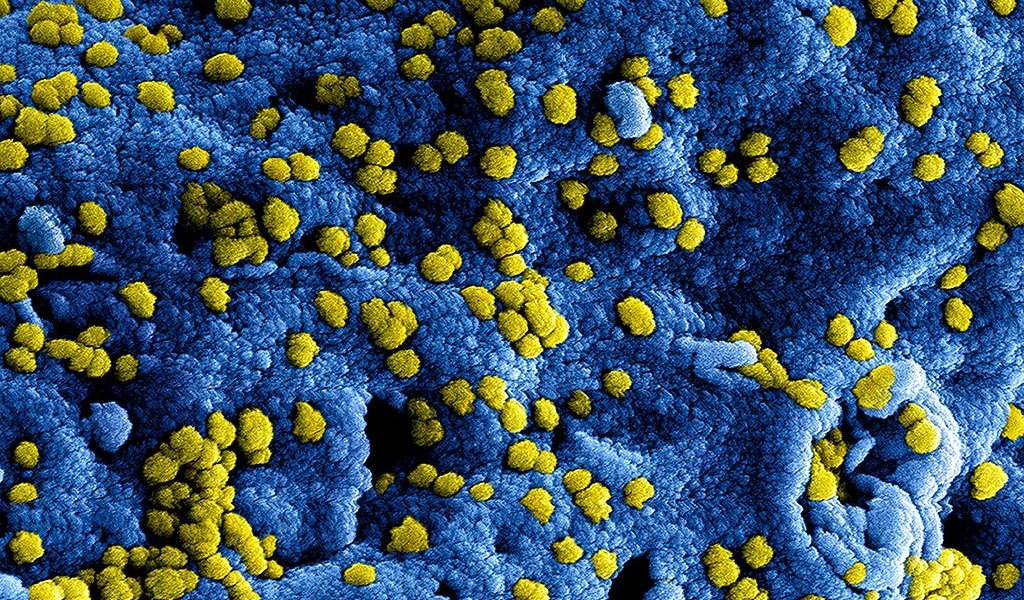Epidemics can occur anywhere, at any time.
We publish regular updates, produced by Program for Monitoring Emerging Diseases (ProMED), on outbreaks of emerging infectious diseases to keep you informed on the frequency and impact of our priority diseases.
ProMED is the largest publicly-available system conducting global reporting of infectious diseases outbreaks, with ProMED staff, moderators and team members scanning for, reviewing and posting information relating to global health security from official health reports and media articles.
The below post contains information from health reports, news articles, and academic papers relating to our priority diseases, compiled together by ProMED. Content below may be edited from original ProMED posts for style and length.
These posts provide an overview of disease outbreak activity over the past several weeks. For the latest information relating to outbreaks of infectious diseases, please visit the ProMED website.
Chikungunya in N.America, S.America, Asia and Africa, and the ongoing Ebola outbreak in North Kivu and Ituri provinces, DRC.
Chikungunya
Location
Brazil, Democratic Republic of Congo, Republic of Congo, Hong Kong, Taiwan, Malaysia, USA.
Outbreak Update
Brazil:
Rio de Janeiro state (16 Jul 2019) — Registered 59881 cases, double the number last year. Campo Grande municipality most affected.
Sao Carlos, Sao Paulo State (13 Jul 2019) — Suspected 31 cases
Minas Gerais state (9 Jul 2019) — Probable 2621 cases, 1 suspected death
Democratic Republic of Congo:
Kisangulu, Central Congo province (29 May 2019) - Reported large number of cases [number not given] since February 2019.
Republic of Congo:
Diosso, Pointe Noir department (16 Jul 2019) - Reported outbreak; virus closely related to Central Africa strain.
Sudan:
Red Sea State (17 Jul 2019) - Reported more than 10 000 cases in 4 months, since November 2018.
Hong Kong:
(13 Jul 2019) - Confirmed 3 cases
Taiwan:
(26 Jul 2019) — Confirmed 1 Jan 2019, there have been 17 cases of chikungunya confirmed in Taiwan; 1 autochthonous and 16 imported. Of the 16 imported cases, 6 were from Myanmar, 4 from the Maldives, 2 from Indonesia, and 1 from each of the following countries: Thailand, the Philippines, Malaysia, and India. The Taiwan Centers for Disease Control reports the 1st confirmed case of autochthonous chikungunya. This is a 20-some-year-old female with no history of traveling abroad. She began to have fever, joint pains, headache and rash on 21 Jul 2019. Clinicians reported dengue fever and measles, but laboratory examination excluded both, and found the patient to be infected by chikungunya [virus].
Malaysia:
Kampung Baru Simpang Pulai, Perak state (26 Jul 2019) — Reported 3 cases, a 15 year old, and 2 men ages 47 and 67 years.
USA:
Case counts for states reporting chikungunya virus disease, United States, as of 15 Jun 2019 — 31 confirmed cases
Disease Research
1 July 2019 — A study in The Journal of Rheumatology reports on the frequency of chronic joint pain and stiffness 3 years after infection with Chikungunya virus in a Latin American population. 1 out of every 8 people who tested serologically positive for chikungunya infection had persistent joint pain 3 years after infection.
25 July 2019 - A new paper in PLOS Neglected Tropical Diseases explores the use of autocidal gravid ovitraps in protecting humans from Chikungunya virus by reducing Aedes Aegypti mosquito populations
Background: Public health responses to outbreaks of dengue, chikungunya, and Zika virus have been stymied by the inability to control the primary vector, Aedes aegypti mosquitos. Consequently, the need for novel approaches to Aedes vector control is urgent. Placement of 3 autocidal gravid ovitraps (AGO traps) in approximately 85% of homes in a community was previously shown to sustainably reduce the density of female Ae. aegypti by more than 80%. Following the introduction of chikungunya virus (CHIKV) to Puerto Rico, we conducted a seroprevalence survey to estimate the prevalence of CHIKV infection in communities with and without AGO traps and evaluate their effect on reducing CHIKV transmission.
See the full ProMED post here
Ebola
Location
North Kivu and Ituri provinces, Democratic Republic of Congo
Outbreak Update
The MoH/WHO AFRO Ebola DRC KIVU 2018 Dashboard reports 12 new cases on 28 Jul 2019, making 79 in week 30, 251 in the past 21 days, and 2671 since the outbreak was declared. Out of 19 900 contacts, 5200 are going untraced.
The U.N. World Food Program says it plans to double food rations to assist 440 000 people affected by the Ebola virus and their contacts over the next 6 months to respond to escalating needs in eastern Democratic Republic of Congo.
Disease Research
A recent research review in Nature Reviews Microbiology addresses the treatment compounds which have shown promise in interfering with the virus life cycle, including monoclonal antibodies such as ZMapp, mAb114 and REGN-EB3 and inhibitors of viral RNA synthesis such as remdesivir and TKM-Ebola.
See the full ProMED post here
Information available within this Disease Outbreak Update is produced by Program for Monitoring Emerging Diseases (ProMED).
Note: Content may be edited for style and length.
Chikungunya in N.America, S.America, Asia and Africa, and the ongoing Ebola outbreak in North Kivu and Ituri provinces, DRC.



